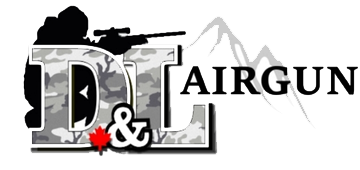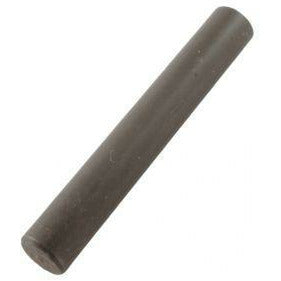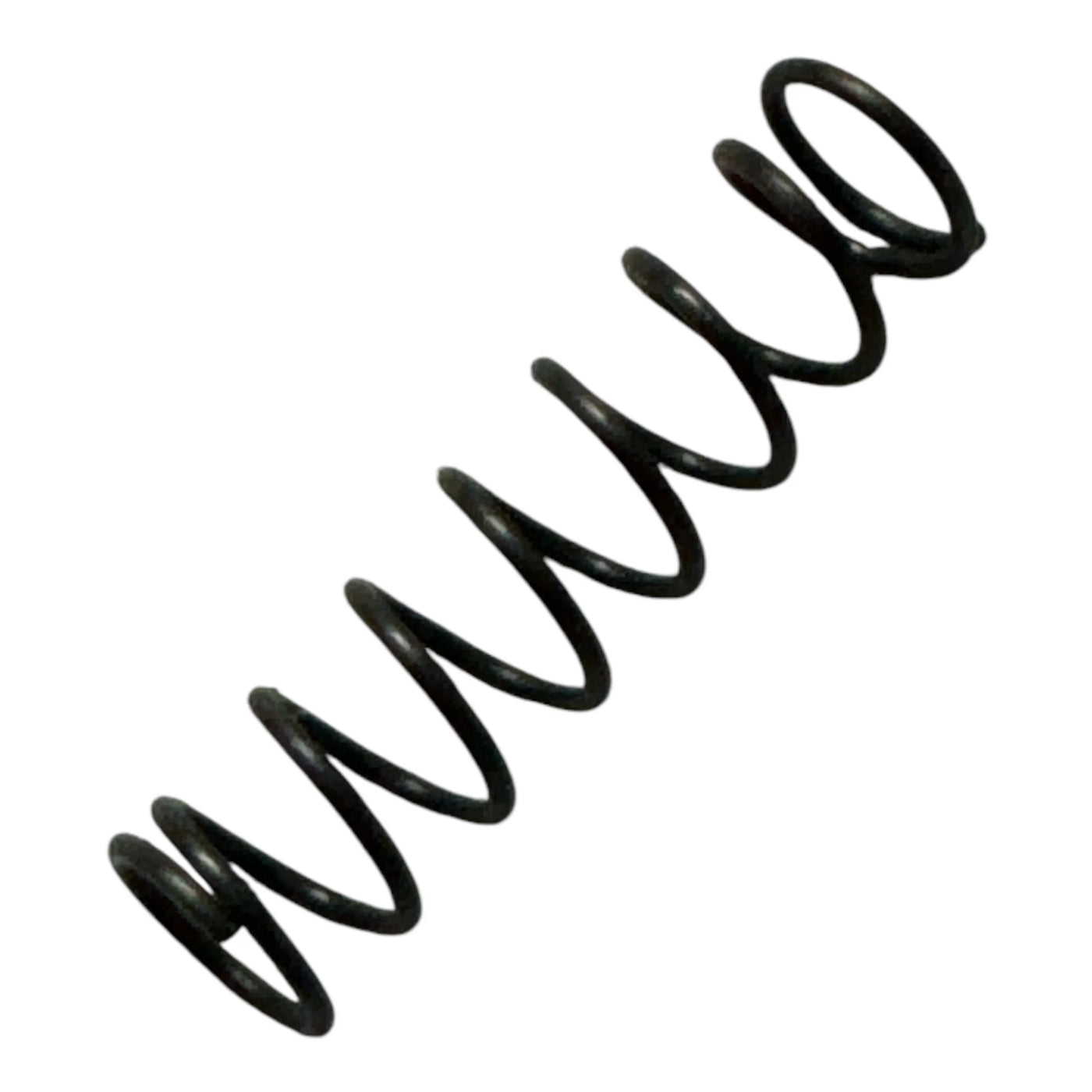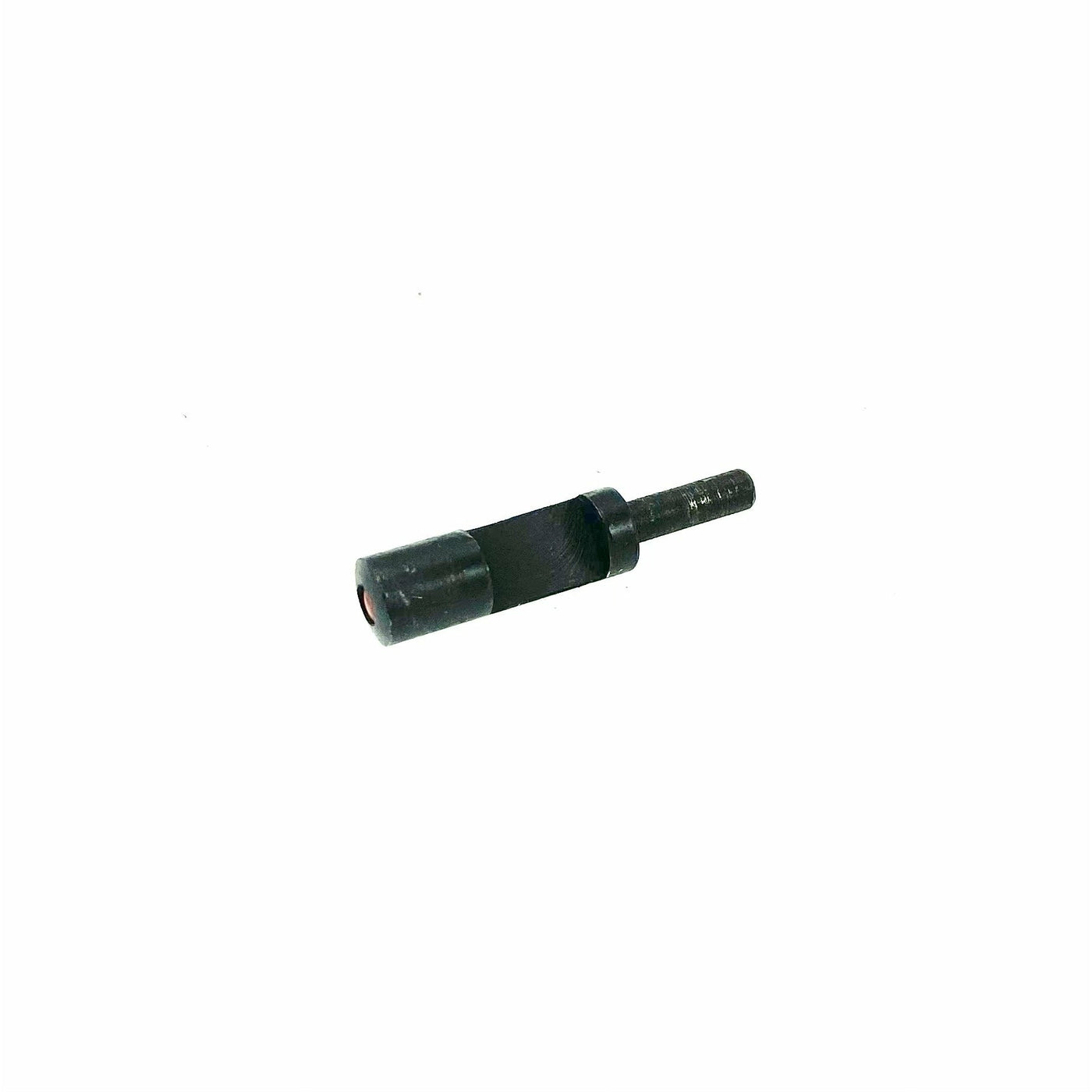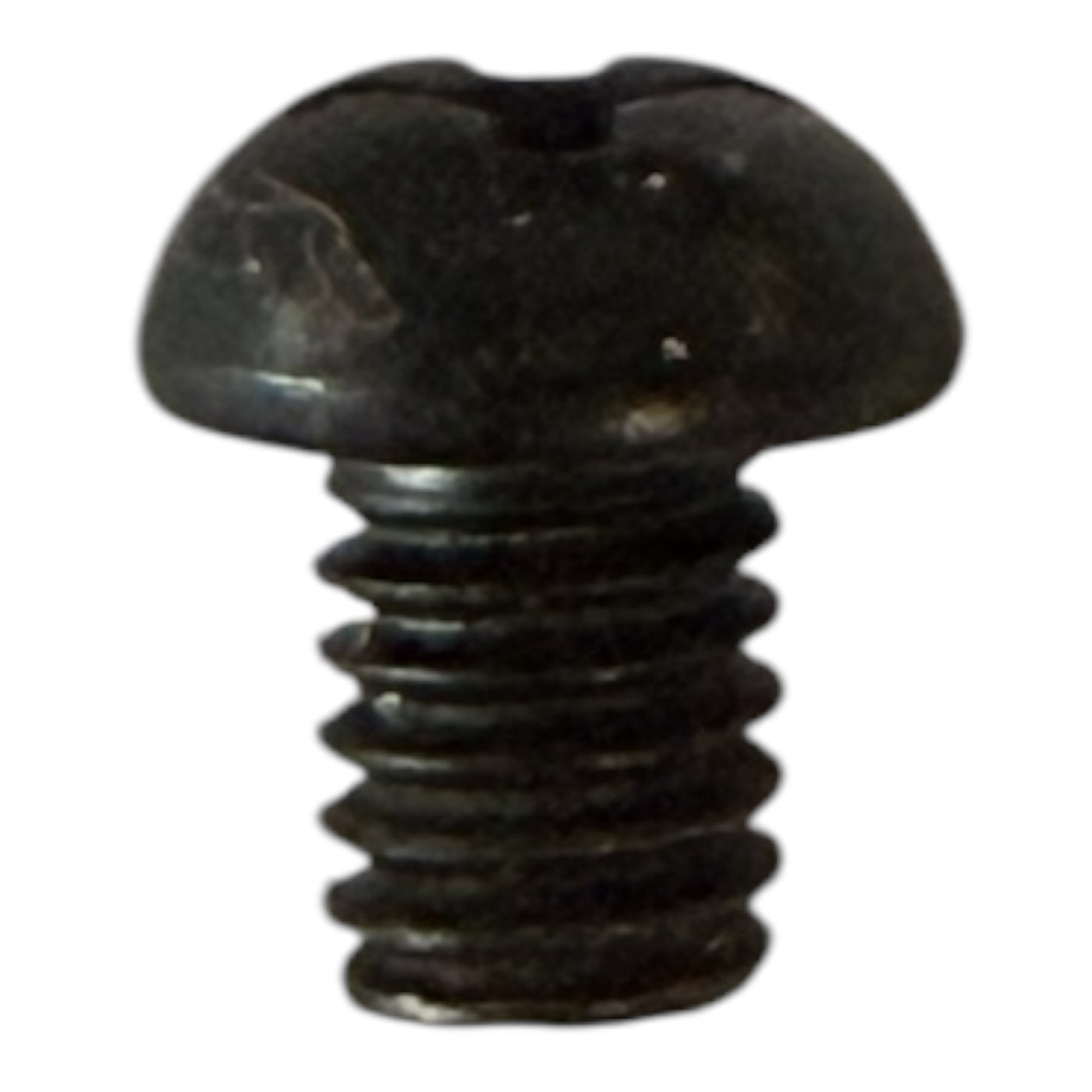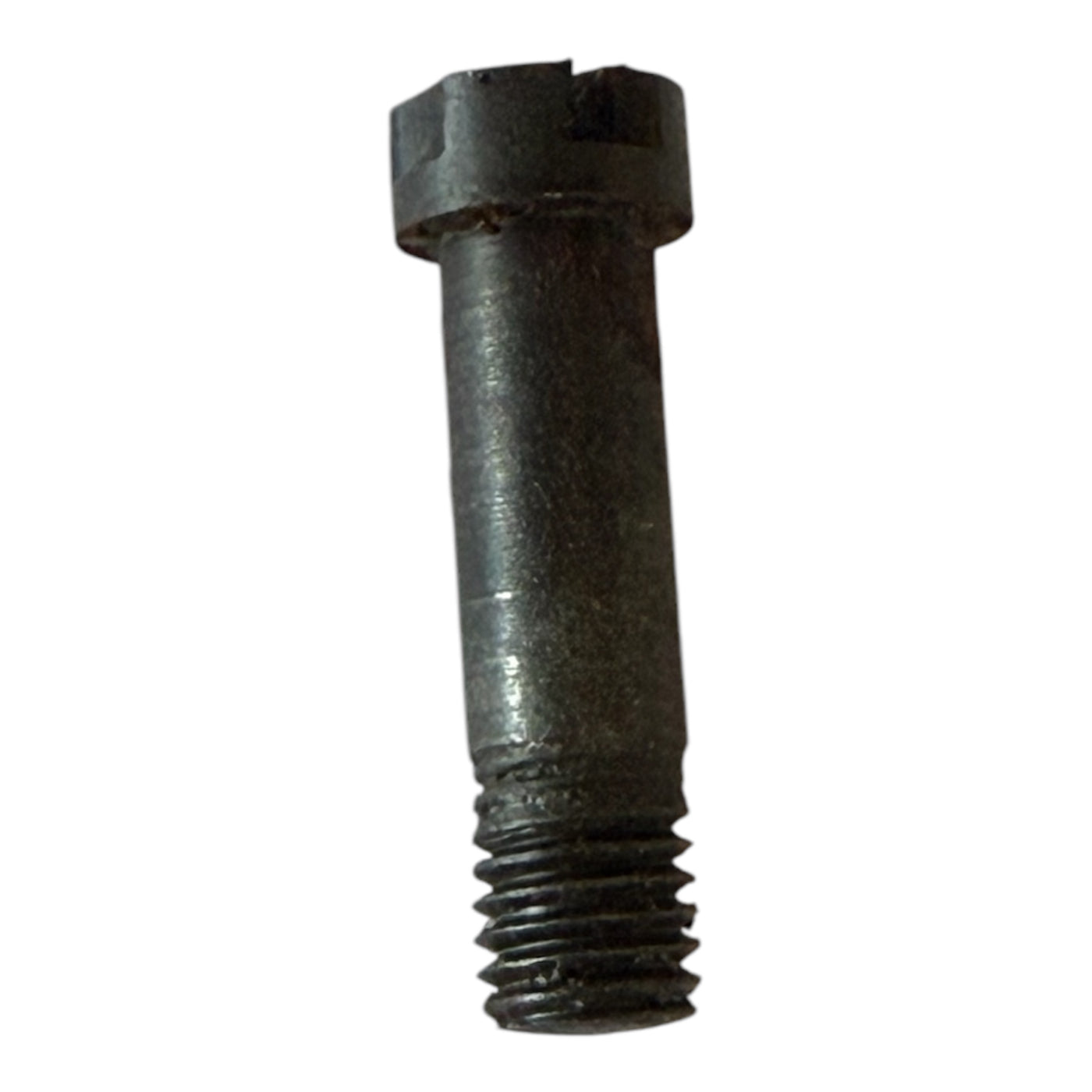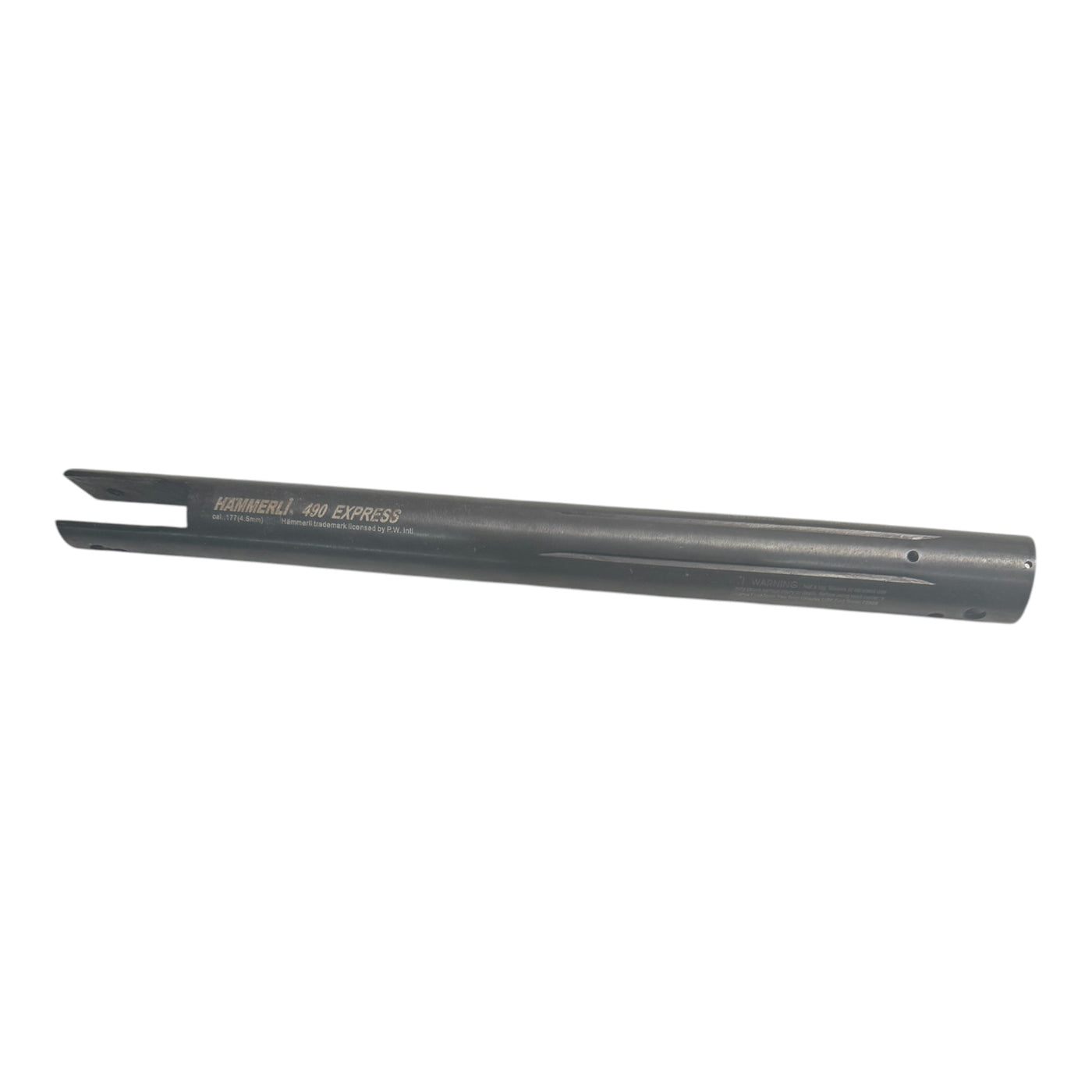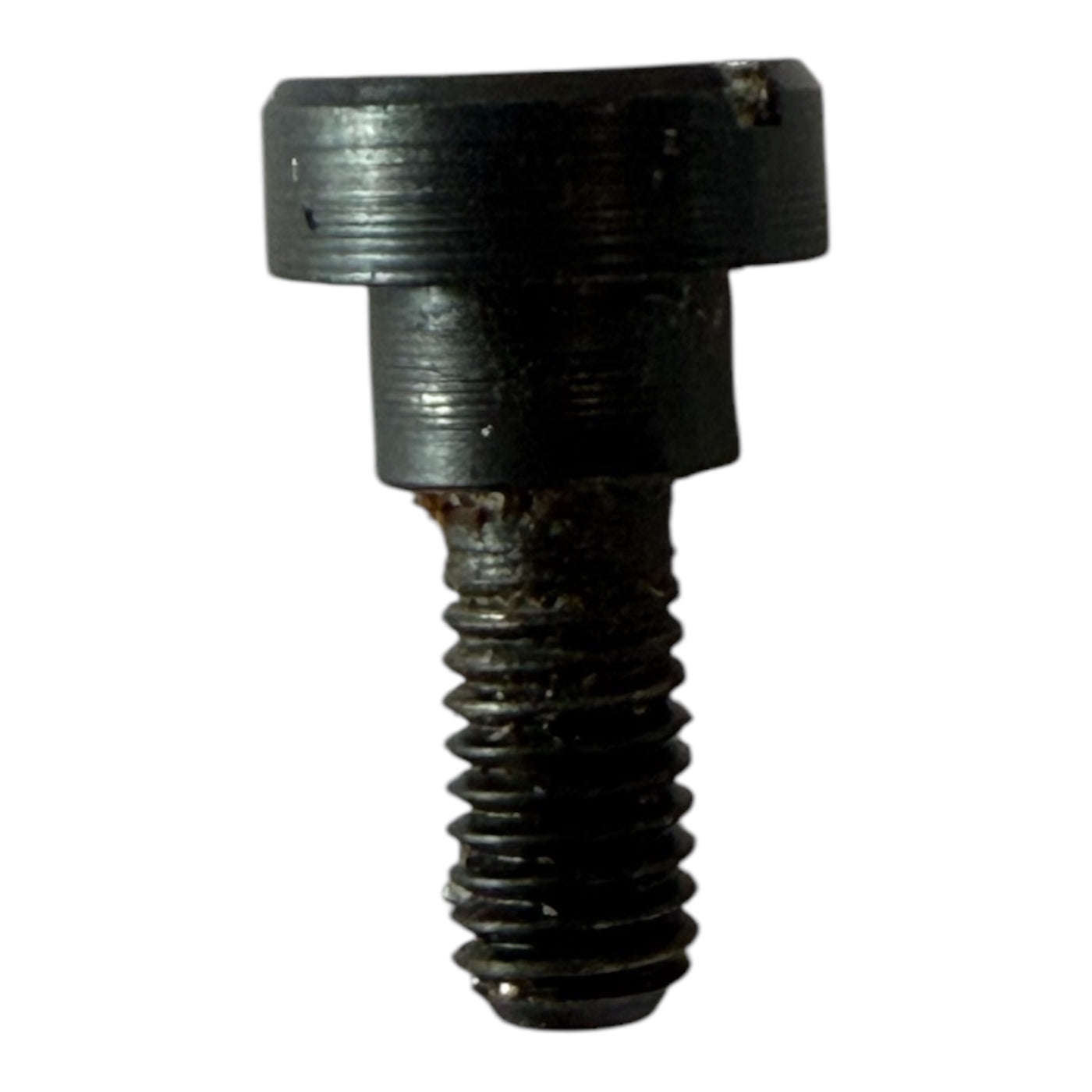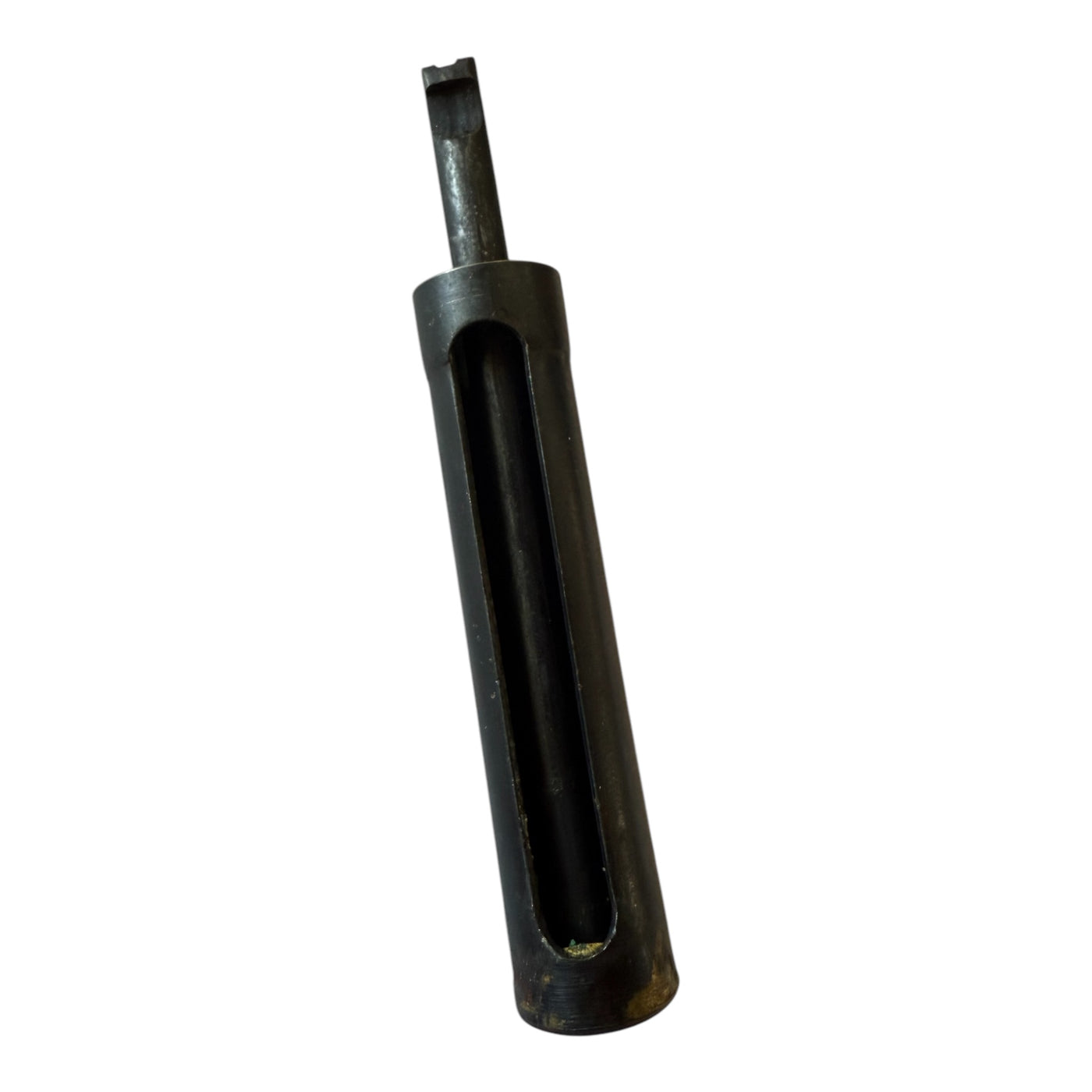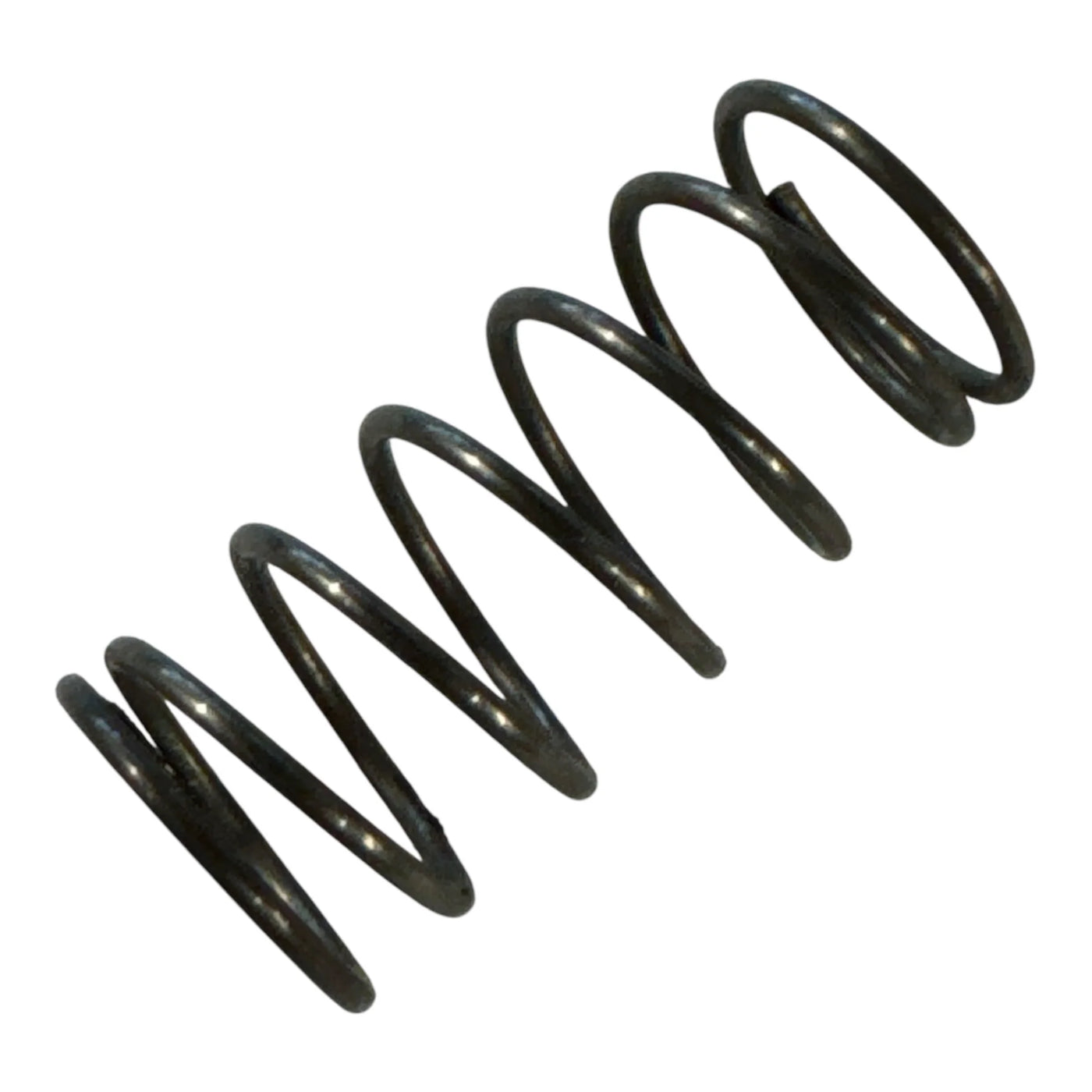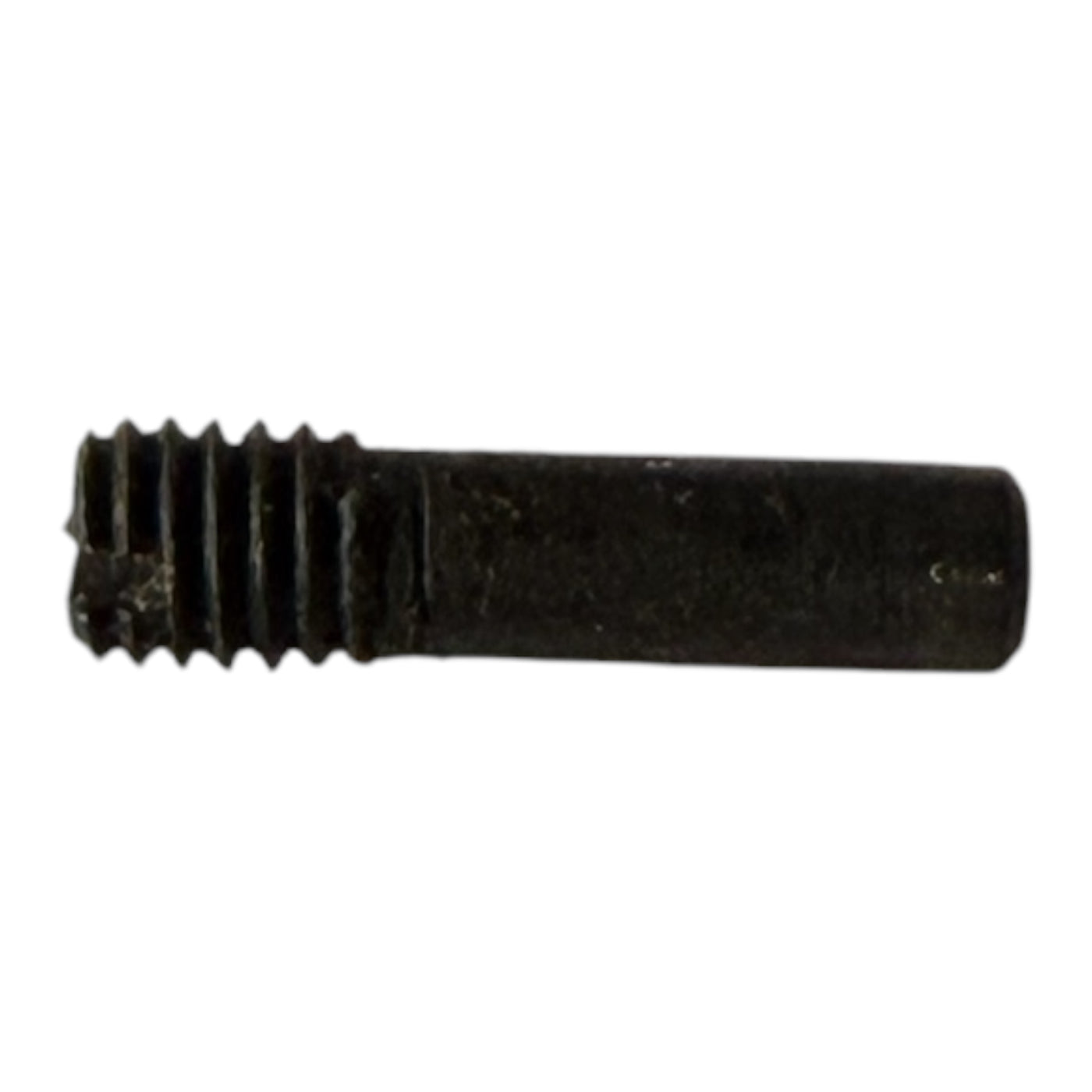The CED M2 Shooting Chronograph has been the OFFICIAL CHRONOGRAPH for USPSA & IPSC Championships for the past 20 years. Rely on the best, the champions do!
The CED M2 Shooting Chronograph System, launched in 2005 is based on the original CED Millennium Chronograph, which was an industry standard for a decade before the M2. The CED M2 Chronograph took advances in technology to an entirely new level.
New technology enabled CED to DOUBLE the operating speed of the CED M2 shooting chronograph incorporating a micro-controller that runs at 48 MHz while expanding the operation range from 50 fps to 7,000 fps.. Memory storage has been expanded 500% from 220 velocities to over 1,000 stored velocities. Stored string size can range from a single velocity up to 500 velocities and up to 500 different strings. Expanded digital chip design gives the CED M2 the ability of reading velocities at much lower light levels. On clear days, this means the ability to chronograph from early morning till almost sunset.
The keypad has been designed in calculator-style layout. In fact, we added a built-in calculator as well. Further, the CED M2 now includes a “Hi-Average” function which provides “one touch” calculation of the average of the three highest velocities in a string. This function is ideal for calculating Power Factor at IPSC & IDPA matches. With the built-in calculator, the results are easy and fast! In addition, the CED M2 Chronograph adds even more features like Single function string removal, 2 ft. FOLDING mounting bracket for ALL uses, the ability to recall specific strings from memory or to remove specific strings from memory, and a USB interface. Now it is easier than ever to connect your chronograph to your PC and download your saved data into the updated CED Data Collector software program.
The results achieved by ALL brands of Chronographs depend heavily on isolating variables which can and do effect performance. These variables include lighting, muzzle blast, location / environment of use, and weather / temperature among many others. It is important to become familiar with the effects that each of these variables might have on the results obtained and how to control them properly. Scroll down this page to: "Chronograph Results and variables that effect readings……." for more information on this subject.
The CED M2 Chronograph goes far beyond the competition with advanced custom features including:
Sleek, lightweight, and compact design
Advanced software & digital circuitry = extremely fast performance!
Over 1000 shot capacity with up to 500 string permanent memory
Records velocities from 50 fps to 7,000 fps
High, Low, Average, & Hi-Average velocity readings
Extreme Spread & Standard Deviation
Edit & Omit functions
Built-in Calculator
IPSC / IDPA Power Factor computation Function
New Data Collector Software program included
Meter or feet recording
10X Mode – records slower velocities in decimeters
Voice Chip technology – Results can be heard as well as seen
On / Off control, with no-memory loss "Auto-Shut Down" mode
PC Downloads - USB interface for fast, software downloads of stored data
New Data Collector Software program included
Low battery warning indicator
Back-up battery storage
9-Volt battery operation (not included)
Operating Temperature range (0c to +50c)
Set includes: Main CPU Unit with keypad, two Sensors, Daylight Sun diffuser screens, 2 ft. mounting bracket, USB cable, Data Collector software, and instruction manual. The tripod and table mount plate are NOT included in the set, but are available as options.
IMPORTANT: The Indoor Light Set does NOT work with the CED M2 Chronograph System. The new M2 operates at a much faster speed and will actually detect the fluttering of the light bulbs causing the chronograph to fill its memory with false readings in a short period of time. The CED M2 Chronograph requires the CED Infrared Screen Set for use in low light and indoor conditions.
Connectivity for PC's
With the included USB cable and free CED USB Data Collector Utility you can download velocities directly to your personal computer. Simply plug the M2 Chronograph directly into a USB port, click a software button and in a few seconds the velocities stored in the M2's memory are downloaded so you can save, print or edit the information.
The largest custom LCD display in the industry providing all relative information at a single glance.
Full function custom display
Current Velocity
No. of shots recorded in string
Screen setting distance in feet or meter measurement
Low Battery Warning
Current function in use
Error warning indicator
Custom Key pad - No toggling required with "easy to read" format and moisture resistant display.
One piece rubber key pad display
Easy to read function format
Dual Lens Skyscreen Sensors, Diffuser Screens, and 2 ft. foldable (tripod threaded) Mounting Bracket included!
Heavy duty 5 inch wide Screens
Large shooting area
Custom dual lens design with built-in pressure plate adjustment
20 ft. Shielded cable
Chronograph Results and variables that effect readings…….
The spread between the existing brands of chronographs on the market today is aprx. 8.0%. This has a lot to do with the quality of the sensors & components used, the distance in which the sensors are spaced apart, and the firmware design of the product itself.
Variables that will effect results are as follows:
1. Temperature, altitude, & the effects these have on different powders.
2. Temperature of the barrel and the ammunition itself. a cold barrel will produce different results from a very hot one. The same with the ammunition.
3. Lighting - MUST be balanced on both sensors evenly. If the sun changes position, you must maintain a balanced condition on both sensors. Whether in bright sunlight (using the top screens) or on shady days (in which the top screens are optional), it is critical to maintain a balanced situation on both sensors. DO NOT position a chronograph with the sunlight directly behind or in front of your shooting position. In this situation, the light will always be stronger on the sensor closest to the position of the sun. Relocate to another position where the light is to the left, right, or overhead positions. It is possible to tilt a tripod pan-head allowing the screens to angle themselves toward a late afternoon light in order to maintain a BALANCED diffused light on both sensors. Remember to also angle your shooting position to prevent damaging the equipment with a stray shot.
4. Muzzle blast - If the muzzle blast reaches the first sensor before the projectile, your results may be in error or not recorded at all. If the muzzle blast causes your screens to shake, the readings could also be affected. Suggestion - when using high powered rifles move back away from the chronograph sensors (12 - 18 feet), until proper velocities are recorded, and then move forward one foot at a time, to determine the closest distance at which each weapon will perform at. Then record that information for future use. Different calibers, brands, barrels, and ammunition will affect the distance, so it may be necessary to test each accordingly.
5. The CED Infrared screens are designed for use when mother nature is not cooperating or for times and locations where insufficient light exists. If they are used under bright sunlight condition, it is possible that the sunlight may over-power them or create an in-balanced condition. It is critically important on ALL chronographs to maintain a BALANCED light condition on both sensors. Therefore, in such conditions re-position the chronograph to an area of shade away from the sunlight, or remove the infrared screens and use natural sunlight in a balanced position, or cover the infrared screens with a large cardboard to prevent natural sunlight from reaching the sensors.
6. Spacing. Make sure that your sensors are properly positioned and tightened. If they are off by even 1/16" it will cause incorrect readings. Each sensor has an internal pressure plate. Slide the sensor completely on the mounting bracket until it fits snugly and then tighten the custom pressure plate from the bottom of each sensor until it stays firmly in place. DO NOT over-tighten as it may become difficult to remove later.
7. Glints - If there is water, sand, snow, or bright concrete on the ground below your tripod / chronograph set-up, the sunlight may bounce (reflect) light off the ground surface shining it back up onto the projectile, which in turn may prevent the sensors from detecting a light drop (shadow)of the projectile, resulting in a poor or no reading situation.
8. Indoor - Fluorescent lighting is the kiss of death to any chronograph system. Their light does not allow the sensors to "see" the projectile properly. Additionally, as all fluorescent lights "flutter", it is possible for the chronograph sensors to detect this fluttering which in turn will create false velocity readings. The chronograph may fill itself with velocities in a short period of time, all caused by the overhead lighting itself. Cover the top of the IR screens if this type of lighting is near your chronograph set-up to prevent it interfering. Also make sure that no additional light is penetrating onto either sensor which could then create an in-balance of light on them.
9. Some ranges are designed with small narrow bays or short backdrops, which may cause excessive sound wave and / or muzzle blast problems. These have been known to cause interference with chronograph results
10. When using the CED Infrared in an indoor shooting range with AC electricity to power the infrared screen set, make sure the AC supply itself is a full 110V output. If the range is located a great distance from the power transformer, it is possible that the output is less than 110V and this may prevent proper performance. Customers in a few cases have found that although they got green lights on both IR screens, no recordings occurred. In such cases, it is better to use the NiMH Battery Pack instead. When the switch to the NiMH Battery pack was made, the problem ceased.
11. Other variables - Depending on the quality of the chronograph & sensors, other variables such as mobile phone transmissions and high electrical tension poles or electrified fencing can all have effects on chronograph performance. Even high amounts of static electricity from summer thunder storms in the area of use can result in problems. In such cases, change the location of use or wait for better weather conditions to occur.
One method of testing the main unit & sensors of CED Chronographs to see if they are functioning is the flashlight test! This test can be conducted in your home, as it requires no actual shooting or the complete set-up of the system.
Install a fresh battery in the main unit, but DO NOT turn it on! Plug in BOTH sensors into their proper "START" & "STOP" jacks. Position the two sensors "back to back" so that they are touching each other. Make sure the sides, which have the square holes for placement of the mounting bracket are facing each other. Now, turn on the main unit. Make sure that you see the display screen appear with the "0000" showing. Once you have done this, take a flashlight, turn it on and while holding it 2-3 inches above the sensors, run the light beam (as FAST as you can) over BOTH sensors. Make sure that you cross over the FIRST sensor (the one plugged into the START jack) first and then over the second sensor that is plugged into the STOP jack. If you do this correctly, you should see a recording on the display screen ranging from 70 fps up to 300+ fps. This will show you that both the sensors and the main unit are functioning! If you continue to see no velocity recorded on the main unit, but only "0000", then a problem with either one or both sensors exists or with the main unit itself.
For customers who own the Infrared Screen Sets, another method of testing the equipment is to set-up the chronograph completely in the home using the infrared screens and to shoot rubber bands through the chronograph. Remember, the system is designed not to record velocities under 50 fps, so it is necessary to shoot the rubber bands faster than this speed to be recorded.
It is sincerely hoped that the above information provided is of assistance in answering most of the questions that arise during chronograph use.
Please note that the CED M2 Chronograph comes with a built-in USB port and cable for easy downloads to any PC. However, the software is not Mac compatible unless you use PC software that allow you to run PC programs on your Mac.
All chronographs used under the same type of lighting conditions will perform in the same way to the level or degree in which their components allow. The M2 is 99.98% accurate under laboratory conditions. Given the same perfect environmental conditions, it performs the same way. Having said this, environmental conditions will influence results, so will temperature, elevation, barometric pressure, and so on. This is the same for all chronographs, no matter what the brand says! The accuracy depends on the quality and the parameters of the components. Some brands are only up to 92% accurate to begin with. Thus, they can only perform up to that maximum level.
The infrared screens will provide you perfect stable light source. However, if used under the natural sunlight, the sun could at times interfere with the infrared light and create issues. Thus, when using the infrared, it is best to position it out of the direct sun or of artificial light, which will allow the infrared to do its job best.
